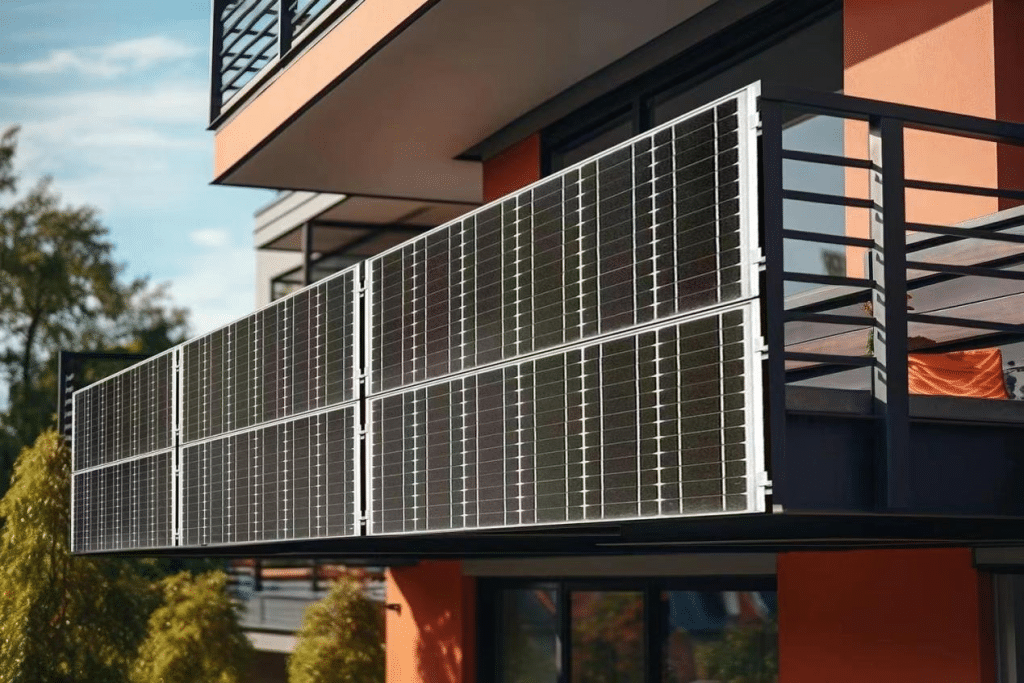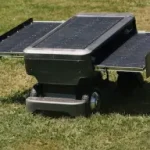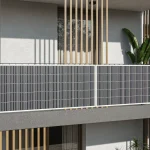As the world increasingly shifts toward renewable energy, the U.S. government has introduced several programs to make solar energy accessible to more Americans. In particular, low-income households and disadvantaged communities stand to benefit from initiatives that provide free or subsidized solar panels. Here’s a comprehensive guide to understanding and accessing these programs, helping households save on energy costs and participate in a more sustainable future.
Understanding Federal Programs for Solar Access
One of the primary avenues for affordable solar access comes through federal initiatives, with significant support allocated to households in need. The most notable of these is the Solar for All Initiative, a key federal effort to expand solar energy across the country.
Solar for All Initiative
Introduced by the Biden-Harris administration, the Solar for All Initiative is part of the broader Greenhouse Gas Reduction Fund under the Inflation Reduction Act. With a hefty $7 billion in federal grants, this program aims to extend solar energy to around 900,000 low-income households nationwide.
Key Highlights of Solar for All:
- Funding Distribution: Grants will be awarded to 60 entities, including states, municipalities, tribal governments, and nonprofits. These entities will then develop localized solar projects that cater specifically to the communities they serve.
- Eligibility: The program targets states, territories, eligible municipalities, and nonprofits with a strong focus on low-income and disadvantaged communities.
- Impact on Households: Through the program, low-income households can access affordable solar energy, significantly reducing their utility bills while promoting environmental justice and lowering greenhouse gas emissions.
This initiative is groundbreaking in its scope and reach, directly aligning with goals to make renewable energy accessible and affordable for all. However, beyond the federal level, individual states also offer their own programs tailored to meet local needs.
State-Specific Solar Programs: Tailored Assistance
Various states have implemented their own programs to provide free or subsidized solar installations, some in partnership with federal funds. Here are examples of state programs that may offer free or low-cost solar energy options.
1. California’s DAC-SASH Program
California’s Disadvantaged Communities – Single-family Affordable Solar Homes (DAC-SASH) program focuses on providing solar access to low-income homeowners in designated disadvantaged communities. To qualify, applicants must meet specific income requirements and live in areas identified through environmental screening tools.
- Benefits: DAC-SASH fully or partially subsidizes solar installation costs, making it a valuable resource for California residents in need.
- Application Process: Interested residents should check eligibility criteria on the program’s official website and prepare income documentation for verification.
2. Illinois Solar for All (ILSFA)
In Illinois, the Solar for All initiative provides no-upfront-cost solar installations for qualifying low-income households and renters. A unique feature of ILSFA is its community solar projects, allowing participants to benefit from solar energy savings even if they cannot install panels on their property.
- Benefits: Households gain immediate cost savings without upfront investments.
- Application Process: Interested individuals should contact local energy agencies or visit the ILSFA website for detailed information and application guidelines.
3. Washington State Solar Initiatives
Washington recently received a substantial federal grant to support various solar energy programs, including free rooftop installations for qualifying low-income homeowners. Additionally, Washington offers community solar options, allowing renters and tribal members to participate in solar energy projects.
- Benefits: Washington residents can enjoy the benefits of solar power regardless of their housing situation.
- Application Process: Details are available through the state’s energy department website, where applicants can review eligibility and apply.
4. Colorado’s Weatherization Assistance Program (WAP)
Colorado’s Weatherization Assistance Program focuses on energy efficiency improvements for low-income households, often including solar energy installations. This program aims to reduce energy costs and consumption by making homes more energy-efficient.
- Benefits: Qualified households benefit from reduced energy costs through a combination of energy-efficient upgrades and solar panel installations.
- Application Process: To apply, residents should contact Colorado’s energy office or look up WAP-specific guidelines and eligibility requirements.
How to Apply for Solar Programs in Your State
Accessing these programs requires a bit of preparation and knowledge about eligibility requirements. Here’s a step-by-step guide to get started:
- Research Local Programs: Each state’s energy department or utility companies typically list solar assistance programs on their websites. Begin your search there to identify which programs are available locally.
- Check Eligibility Requirements: Most programs focus on low-income households or residents in disadvantaged areas. Be prepared to provide income documentation or proof of residence in eligible areas.
- Reach Out to Local Agencies: Nonprofits and government offices often assist with the application process. For instance, organizations like GRID Alternatives provide guidance and may even help complete applications.
- Stay Updated on New Initiatives: Programs like Solar for All are continually rolling out new funding opportunities. Monitor announcements from the Environmental Protection Agency (EPA) or local governments for updates.

Key Considerations and Caution
While many legitimate programs exist, scams are unfortunately common. Fraudulent companies may misrepresent government programs, claiming to offer “free solar panels” as a ploy to gather personal information or charge fees.
To avoid scams, consider these tips:
- Verify Program Authenticity: Always cross-check the legitimacy of a program by visiting official government websites or directly contacting recognized agencies.
- Be Cautious of Door-to-Door Offers: Many scams occur through unsolicited sales pitches. If someone approaches you with a “free solar” offer, ask for credentials and verify their claims.
- Read the Fine Print: Some companies may promote “free” installations but require complex leasing agreements that may lead to high costs over time. Always review terms carefully before committing.
Embracing a Sustainable Future with Solar
For eligible households, these programs provide a tremendous opportunity to reduce energy costs and contribute to a more sustainable environment. By navigating federal and state programs wisely, low-income families and disadvantaged communities can join the shift toward renewable energy without significant upfront costs. Solar energy offers an eco-friendly alternative that can transform both the financial and environmental outlook for countless American households.
With ongoing support from federal and state governments, solar accessibility continues to expand, paving the way for a greener and more inclusive energy future across the U.S. By taking advantage of these programs, you can reduce your energy bills while playing a part in the movement toward a cleaner, more sustainable planet.







